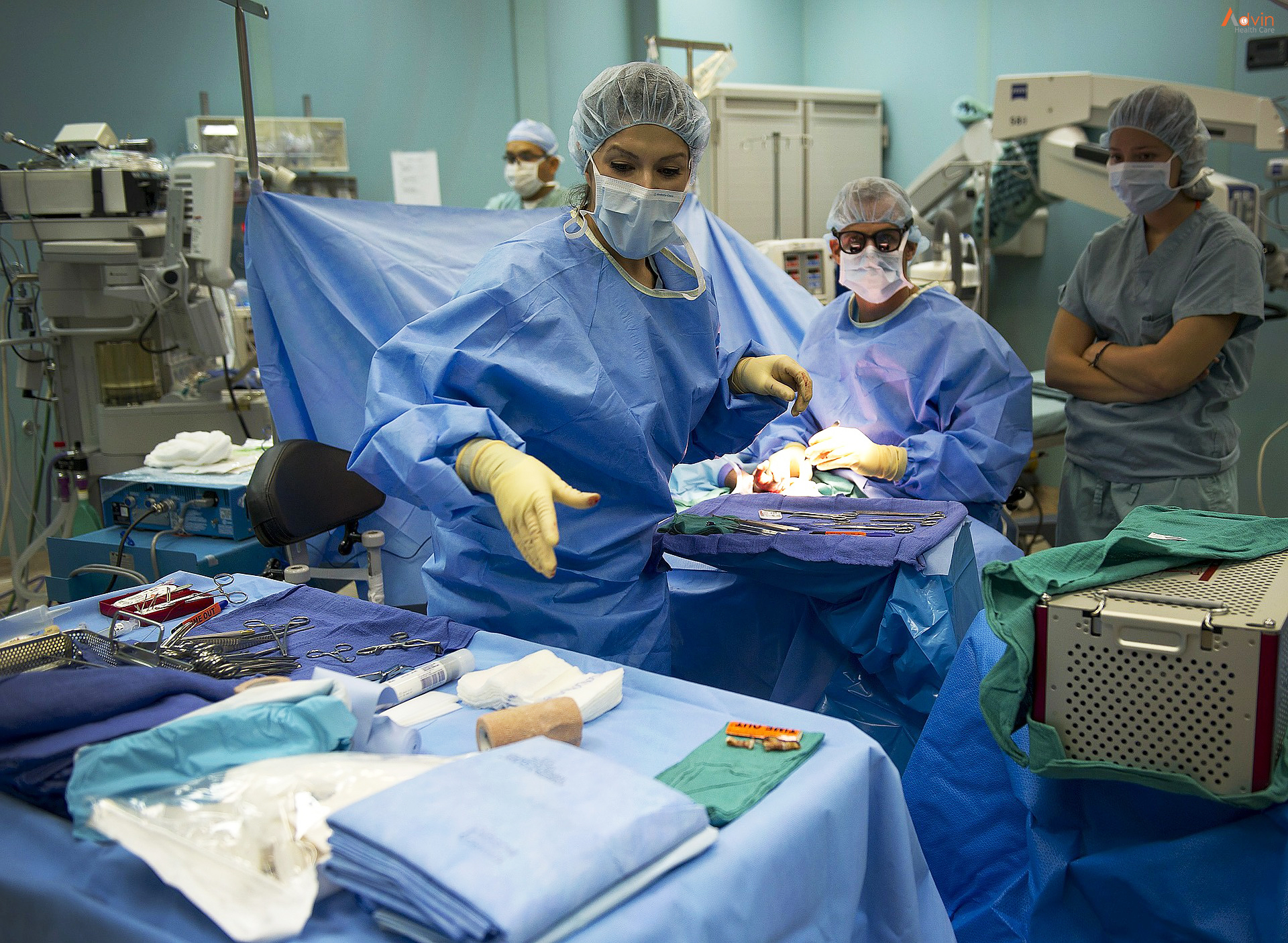Overview
Dilation and curettage (D&C) is a procedure to remove tissue from inside uterus. Health care providers perform dilation and curettage to diagnose and treat certain uterine conditions — such as heavy bleeding — or to clear the uterine lining after a miscarriage or abortion.
In a dilation and curettage, your provider uses small instruments or a medication to open (dilate) the lower, narrow part of uterus (cervix). Your provider then uses a surgical instrument called a curette, which can be a sharp instrument or suction device, to remove uterine tissue.

Who needs a dilation and curettage (D&C?)
You may need a D&C if you have or had:
- A miscarriage.
- Leftover tissue in your uterus after an abortion.
- Unexplained bleeding between menstrual periods.
Sometimes, you have a D&C and hysteroscopy. During this procedure, your provider inserts a device into your cervix to see the inside of your uterus. You may have a hysteroscopy with a D&C if your provider is trying to diagnose a problem.
To diagnose a condition
Before doing a D&C, your provider might recommend a procedure called endometrial biopsy or endometrial sampling to diagnose a condition. Endometrial sampling might be done if:
- You have unusual uterine bleeding
- You have bleeding after menopause
- You have unusual endometrial cells, which are discovered during a routine test for cervical cancer
To perform the test, your provider collects a tissue sample from the lining of your uterus (endometrium) and sends the sample to a lab for testing. The test can check for:
- Endometrial intraepithelial hyperplasia — a precancerous condition in which the uterine lining becomes too thick
- Uterine polyps
- Uterine cancer
If more information is needed, your provider then might recommend a D&C, which is usually done in an operating room.
To treat a condition

When performing a D&C to treat a condition, your provider removes the contents from inside your uterus, not just a small tissue sample. This might be done to:
- Prevent infection or heavy bleeding by clearing tissues that remain in the uterus after a miscarriage or abortion
- Remove a tumor that forms instead of a typical pregnancy (molar pregnancy)
- Treat excessive bleeding after delivery by clearing out any placenta that remains in the uterus
- Remove cervical or uterine polyps, which are usually noncancerous (benign)
A D&C might be combined with another procedure called hysteroscopy. During hysteroscopy, your provider inserts a slim instrument with a light and camera on the end into your vagina, through your cervix and into your uterus.
Your provider then views the lining of your uterus on a screen, checking for areas that look unusual. Your provider also checks for polyps and takes tissue samples as needed. During a hysteroscopy, uterine polyps and fibroid tumors can be removed.
At times, a hysteroscopy might be done combined with an endometrial biopsy before a full D&C procedure.
What are the advantages of a dilation and curettage (D&C)?
A D&C can help your provider figure out why you have abnormal bleeding. It can also help detect abnormal endometrial cells, which may be a sign of uterine cancer. After a D&C, your provider sends the sample of cells to a laboratory where pathologists can identify if you have normal or abnormal tissue, polyps or cancer.
A D&C may also be important for your health after a miscarriage or abortion. It removes any leftover tissue to prevent heavy bleeding and infection.



